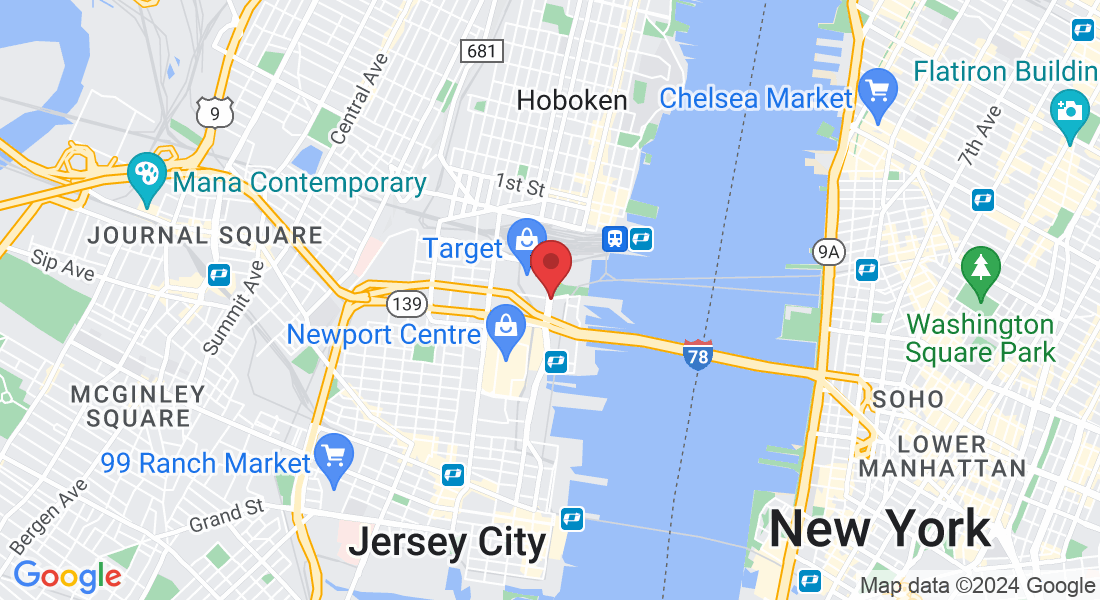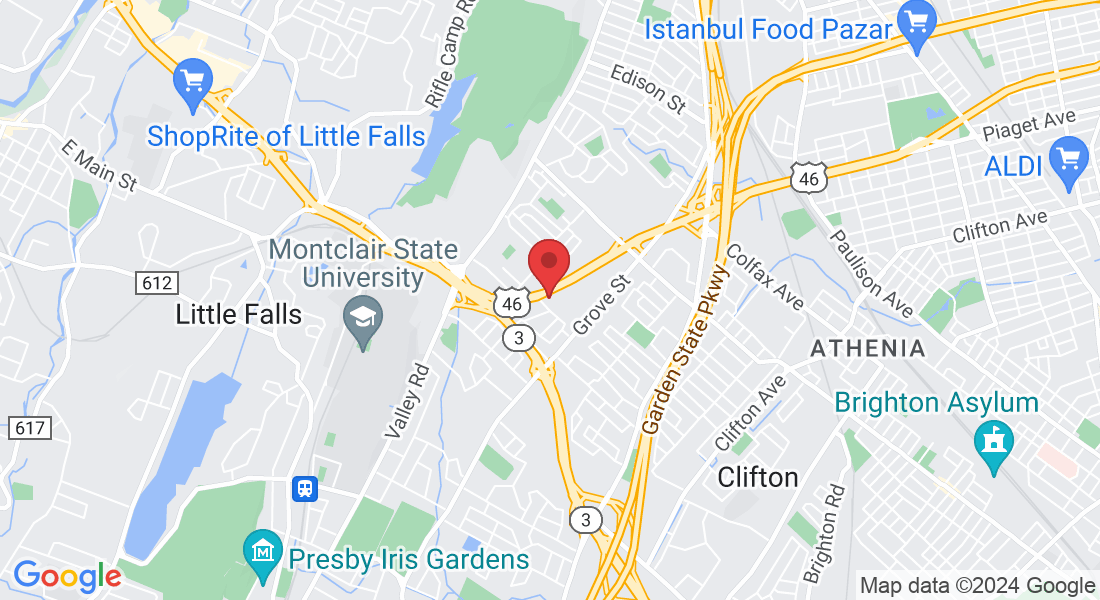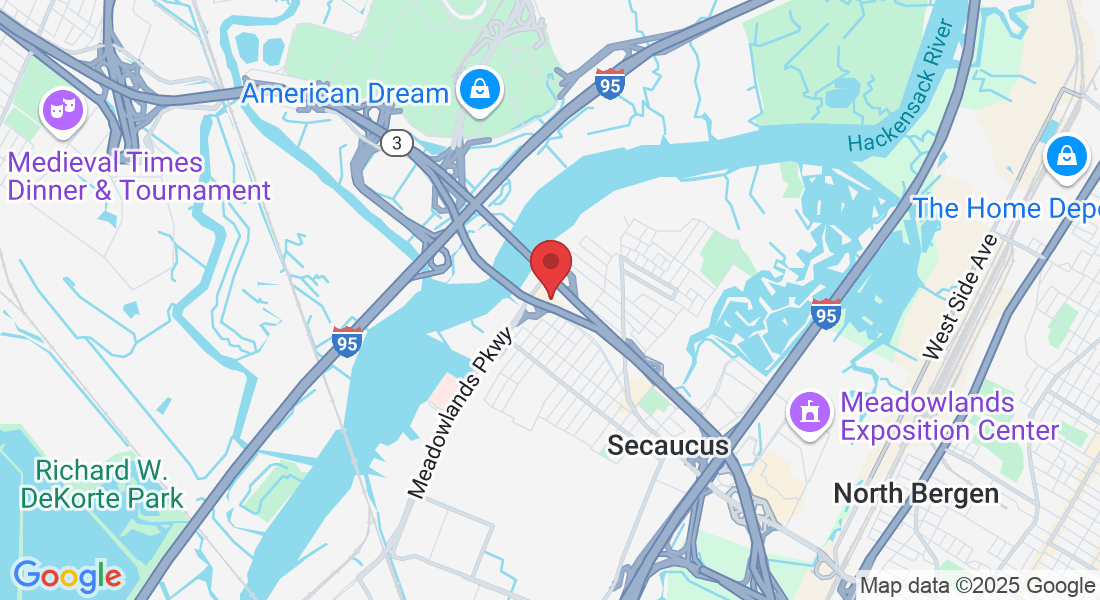New Jersey Rehab Experts
Specializing in comprehensive orthopedic care, New Jersey Rehab Experts offers a wide range of services including Physical Therapy, Sports Physical Therapy, Dry Needling, Chiropractic Care, Neuropathy Treatment, Pain Management, and Manual Therapy. Our state-of-the-art facility is staffed by board-certified therapists dedicated to delivering top-tier care, ensuring you achieve optimal recovery and wellness.
Clinic Located in Newport , Hillsborough and Clifton
Genuine Feedback from
Our Patients
Our Affiliations

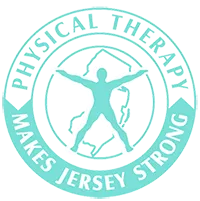

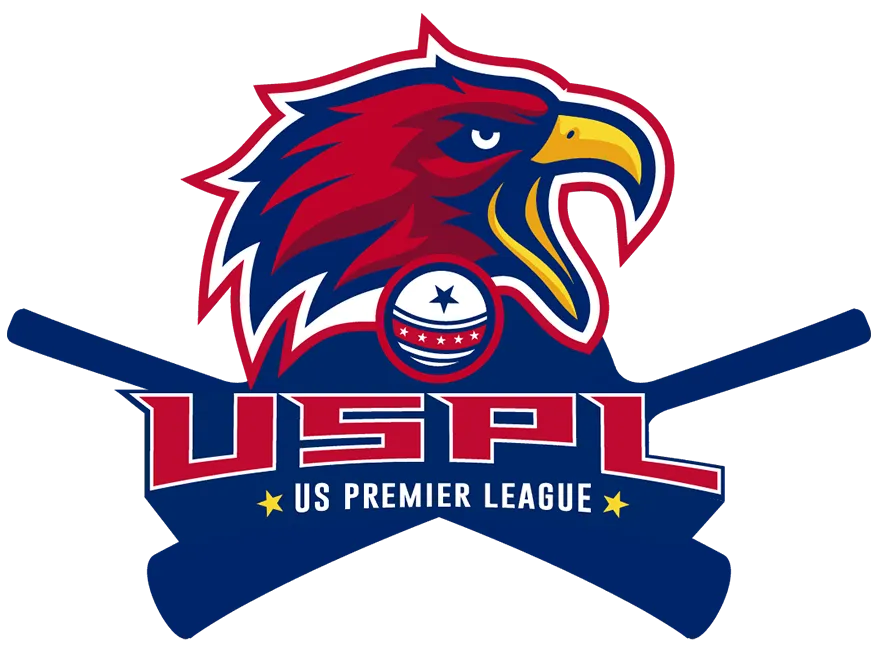


Explore Our Diverse Range of Disciplines
Discover a world of exceptional care customized for all ages! Our dedicated professionals deliver top-notch medical attention, expert rehabilitative therapy, and warm companion care for adults, seniors, and young patients. Experience personalized healthcare with a heart!
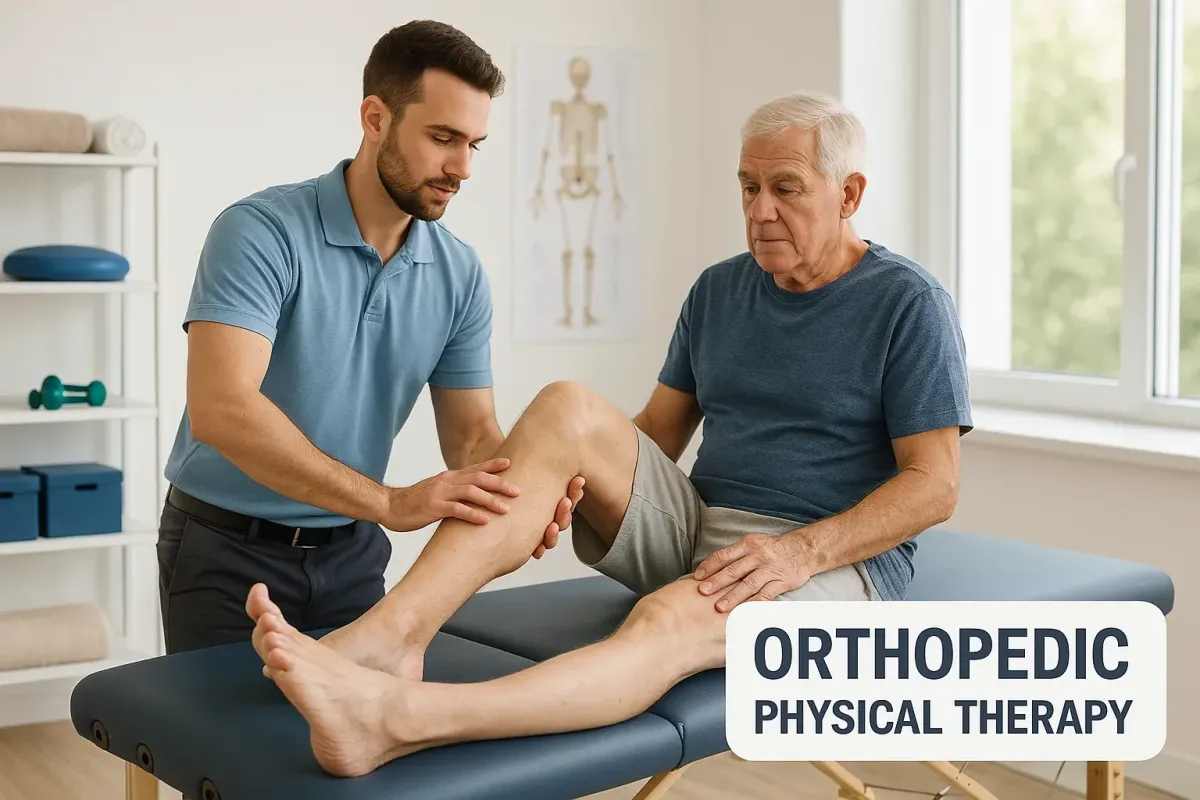
Orthopedic Physical Therapy
At New Jersey Rehab Experts our Orthopedic Physical Therapy program is designed to help patients recover from musculoskeletal injuries, surgeries, and chronic conditions affecting the bones, joints, muscles, ligaments, and tendons. Whether you're healing from a sports injury, managing arthritis, or recovering after orthopedic surgery, our expert therapists create personalized treatment plans to restore mobility, reduce pain, and improve overall function. We use evidence-based techniques such as manual therapy, therapeutic exercises, joint mobilization, dry needling, ultrasound, and neuromuscular re-education
to accelerate your recovery and prevent future injuries.
Our goal is to get you moving confidently and pain-free—whether you're getting back to the gym, the job site, or simply your everyday routine.

Geriatric Physical Therapy
Our Geriatric Physical Therapy services are tailored to meet the unique needs of older adults. As we age, our bodies undergo natural changes that can affect balance, strength, mobility, and overall independence. Our experienced therapists are here to help seniors stay active, safe, and confident in their daily lives.
We specialize in the prevention and treatment of age-related conditions such as osteoporosis, arthritis, joint replacements, balance disorders, and general deconditioning. Our personalized therapy programs focus on restoring strength, improving flexibility, reducing pain, and preventing falls.
Our geriatric therapy goals include: Enhancing mobility and functionPreventing falls and promoting safetyManaging chronic painIncreasing independence in daily activitiesSupporting recovery from surgery or hospitalization. We take a compassionate, patient-centered approach to care—empowering seniors to maintain a higher quality of life and remain active within their homes and communities.
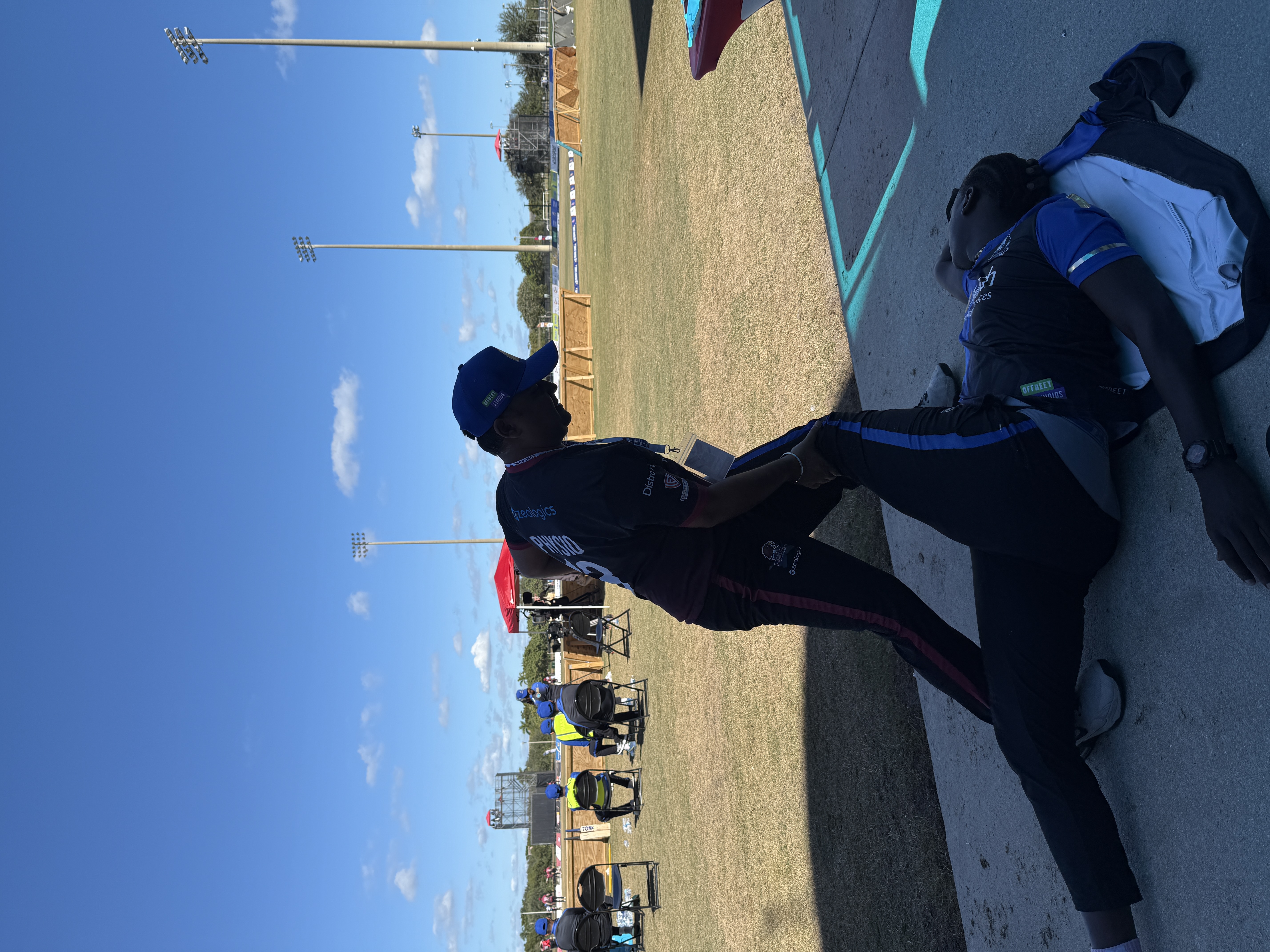
Sports Physical Therapy
At New Jersey Rehab Experts our Sports Physical Therapy program is built for athletes of all levels—from weekend warriors to professional players. Whether you're recovering from an injury, enhancing performance, or aiming for a safe return to sport, we’ve got your back (and knees, shoulders, ankles… you name it!).
Our sports rehab specialists use advanced techniques and evidence-based protocols to treat common athletic injuries such as ACL tears, rotator cuff strains, tennis/golfer’s elbow, sprains, tendonitis, and more We combine manual therapy, functional training, neuromuscular re-education, strength conditioning, dry needling, and return-to-sport testing to help you recover faster and perform better.
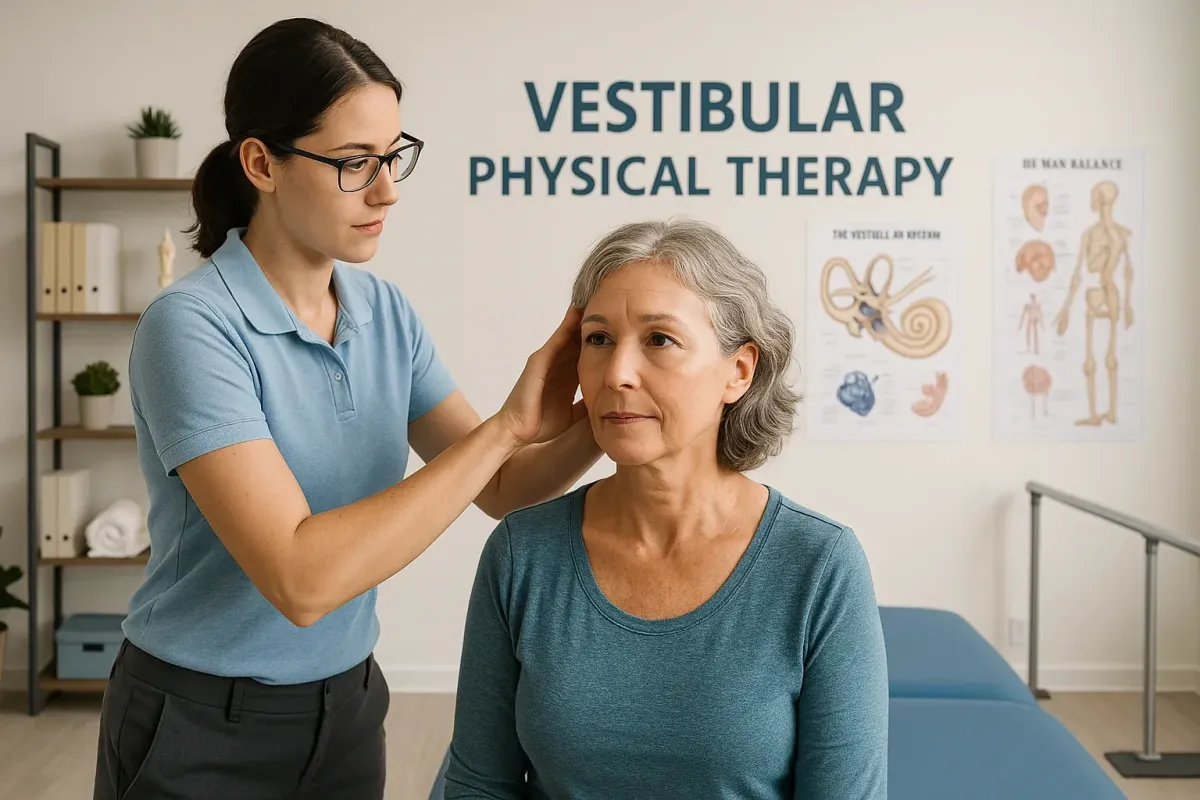
Vestibular Rehabilitation Therapy (VRT)
Feeling dizzy, off-balance, or lightheaded? You're not alone—and you don’t have to live with it. At
New Jersey Rehab Experts our Vestibular Rehabilitation Therapy (VRT) is designed to help you regain control, stability, and confidence in your everyday movements. VRT is a specialized form of physical therapy aimed at treating disorders of the inner ear and balance system , such as vertigo, BPPV (Benign Paroxysmal Positional Vertigo), Meniere’s disease, post-concussion dizziness, and general imbalance. These conditions can make even simple tasks feel overwhelming—but with the right therapy, relief is possible. Our skilled therapists perform a thorough assessment to identify the root cause of your symptoms and develop a custom treatment plan using: Balance and gaze stabilization exercises Canalith repositioning maneuvers (like the Epley maneuver) Habituation and desensitization techniques Fall prevention strategie
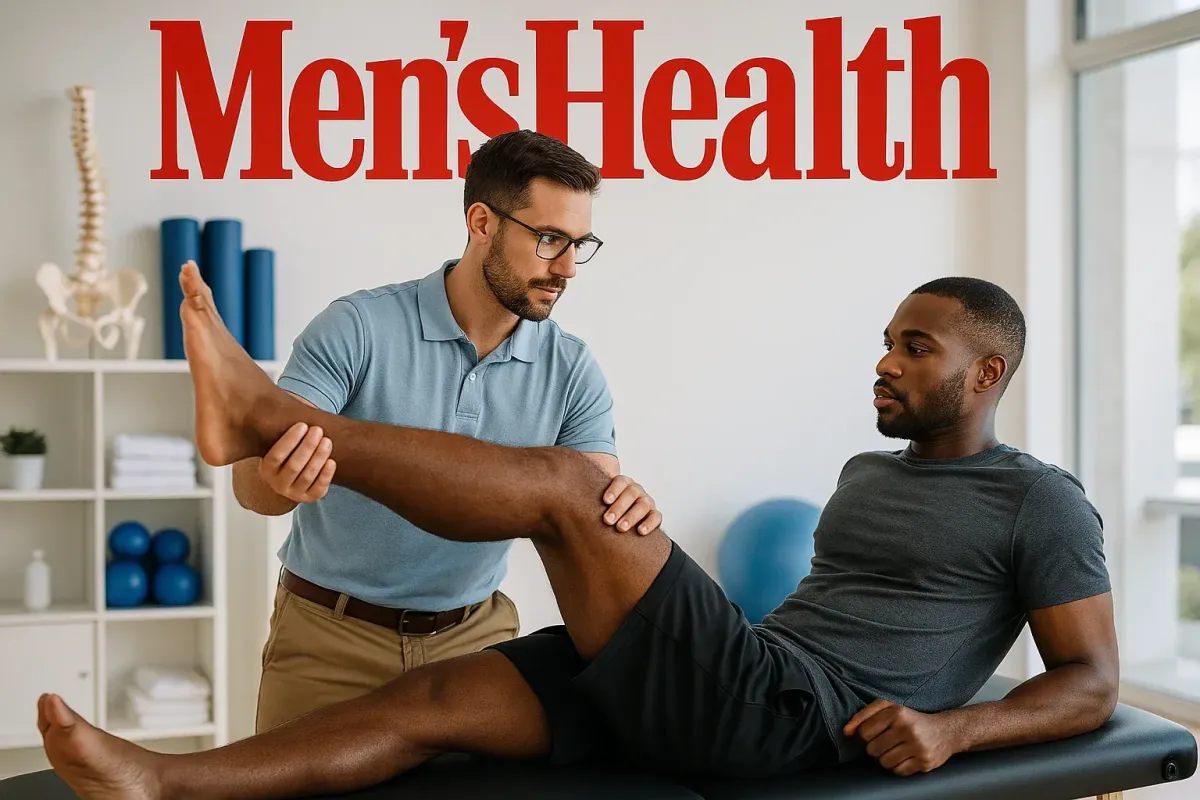
Men's Health Physical Therapy (Pelvic Health PT)
Pelvic health isn’t just a women’s issues men experience it too and we’re here to help. At New Jersey Rehab Experts our Men’s Health Physical Therapy
program is designed to treat a wide range of pelvic floor dysfunctions that can impact comfort, confidence, and quality of life. Our expert therapists offer
discreet, one-on-one care for men experiencing: Pelvic painUrinary urgency, frequency, or leakagePost-prostatectomy rehabilitationErectile dysfunctionConstipation and bowel issuesCore weakness or abdominal pressure Through targeted manual therapy, pelvic floor retraining, biofeedback, breathing techniques, and posture correction, we help restore normal function and reduce symptoms—without surgery or medication. Why it matters: Pelvic floor dysfunction can be frustrating, but it’s also very treatable. We take a judgment-free, evidence-based approach to help men feel strong, supported, and back in control of their bodies. Take the first step toward healing—you don’t have to suffer in silence
.
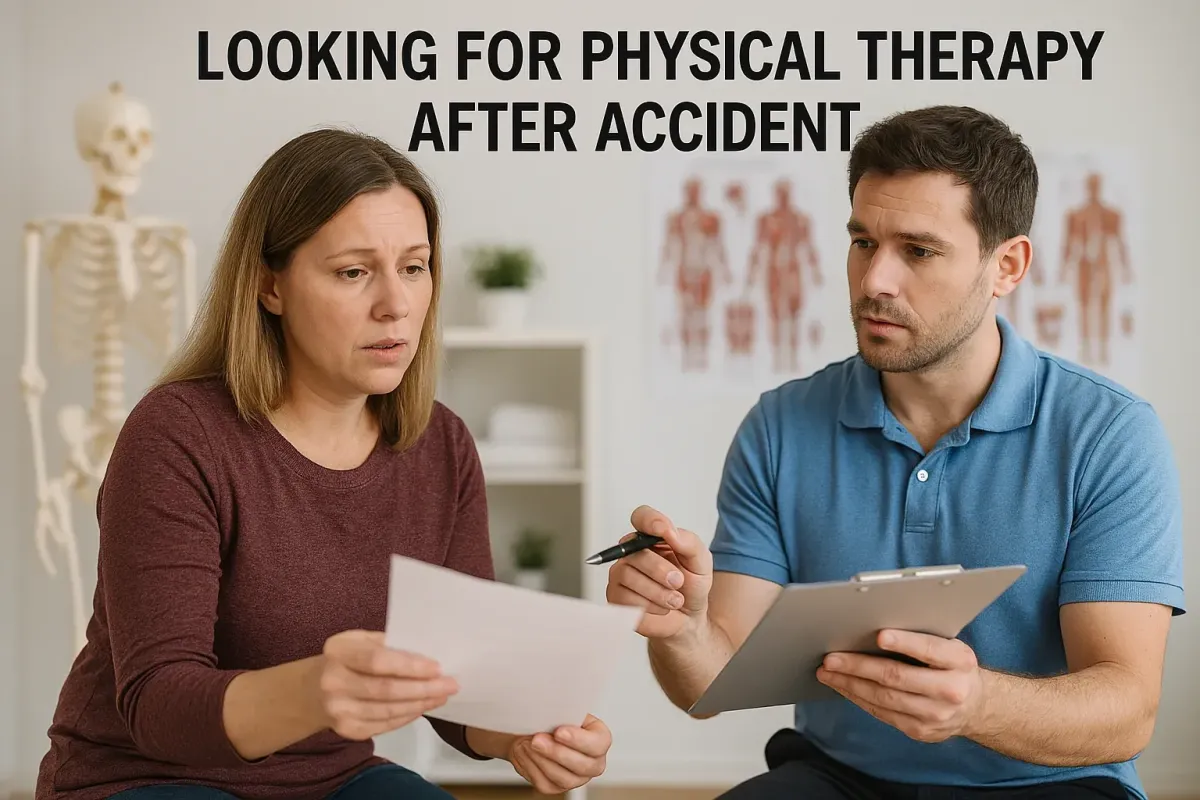
Motor Vehicle & Work Injury Rehab Specialist
At New Jersey Rehab Experts, we specialize in
Motor Vehicle and Work Injury Rehabilitation, helping patients recover from car accidents and workplace injuries with expert, personalized care. Our team treats conditions such as whiplash, low back pain, joint injuries, concussions, and soft tissue damage, using evidence-based therapy to reduce pain, restore function, and support long-term recovery. We work closely with physicians, attorneys, and insurance providers to ensure proper documentation and seamless coordination of care. Whether you're dealing with a workers' comp case or personal injury claim, our goal is to get you back to work, life, and movement—safely and confidently.
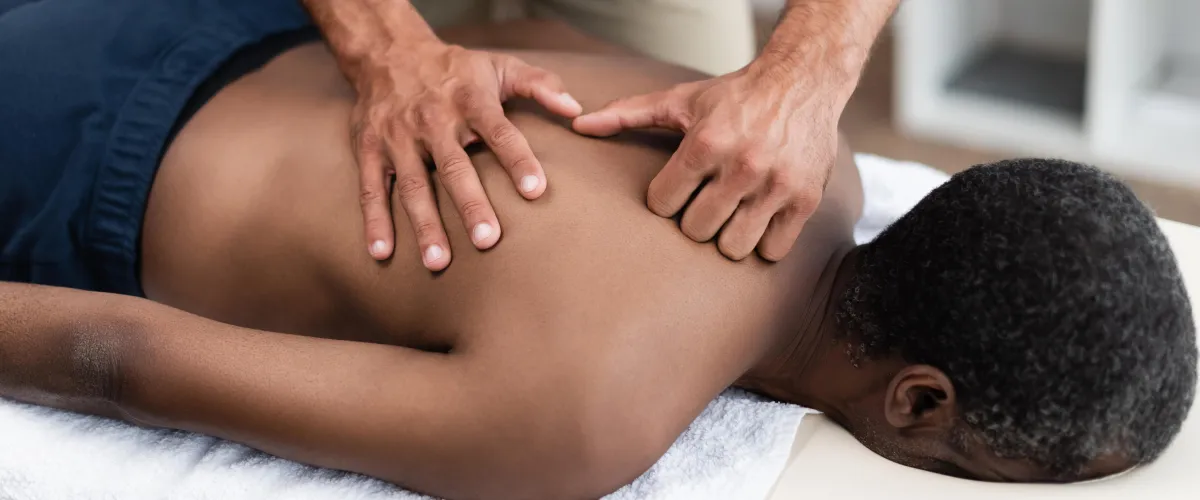
Manual Therapy
Looking for a hands-on approach that goes beyond basic physical therapy?
Manual Therapyoffers targeted, expert techniques designed to relieve pain, improve mobility, and accelerate healing—naturally. This isn’t your average treatment. Imagine combining the precision of Mulligan Mobilizations with the posture-correcting power of the McKenzie Method, or experiencing the rapid results of High-Velocity Thrust Techniques and Spinal Manipulation to unlock stiff joints. Add in the deep-tissue benefits of Myofascial Release (MFR)
and the dynamic support of Kinesiology and Sports Taping, and you’ve got a comprehensive system that helps you move better, recover faster, and feel your best. Whether you're an athlete, a desk worker, or simply tired of chronic pain—this is where real, lasting relief begins.
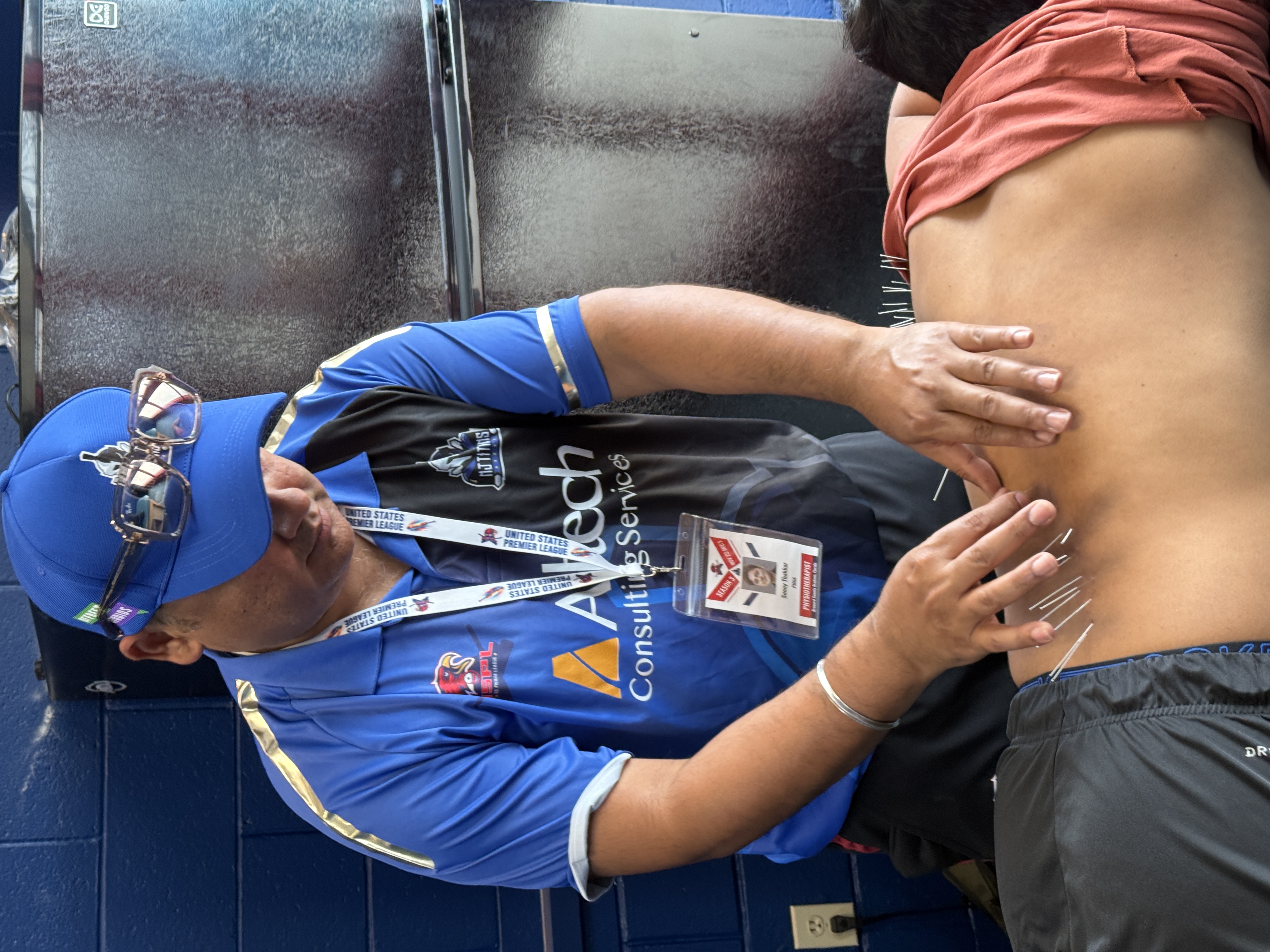
Dry Needling
Dry Needling
is a modern, evidence-based treatment technique used by licensed physical therapists to target trigger points—tight knots in muscles that cause pain and restrict movement. By inserting thin, sterile needles into these areas, dry needling helps release muscle tension, improve blood flow, reduce pain, and restore normal function. It is commonly used to treat conditions like back and neck pain, tendonitis, headaches, sciatica, and sports-related injuries. Unlike acupuncture, which is based on traditional Chinese medicine, dry needling is grounded in Western anatomical and neurophysiological principles, making it a safe and effective option for musculoskeletal pain and dysfunction.
Our Advantages
Specialized Programs for Every Need
From orthopedic rehab and sports therapy to vestibular, pelvic health, and post-injury recovery, we provide comprehensive, patient-focused solutions.
State-of-the-Art Techniques & Technology
We use cutting-edge treatments like dry needling, spinal manipulation, Mulligan & McKenzie techniques, Fit3D scans, Shockwave Therapy , Cupping and more to accelerate healing.
Personalized One-on-One Care
Every patient receives individualized treatment plans with hands-on attention to ensure faster recovery and long-term results.
Trusted by Athletes & Community Leaders
Official providers for multiple cricket teams and a member of respected healthcare associations—our reputation speaks for itself.
Multiple Convenient Locations Across NJ
With clinics in Jersey City, Secaucus, Clifton , and beyond, we’re always within reach—offering flexible scheduling and bilingual support.
Seamless Support for Injury Claims & Recovery
We coordinate care with attorneys, physicians, and insurers for patients recovering from motor vehicle or work-related injuries, ensuring smooth documentation and stress-free rehab.
Meet Our Team

Sunny Thakkar PT, MS ( Exercise Physiologist)
Physical Therapist
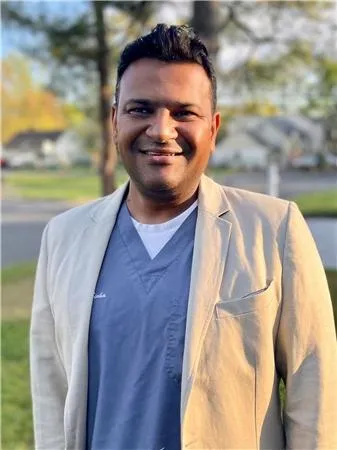
Ashish Sinha, PT, DPT
Physical Therapist

Dr. Rohit Farzala PT, DPT
Physical Therapist
About Us
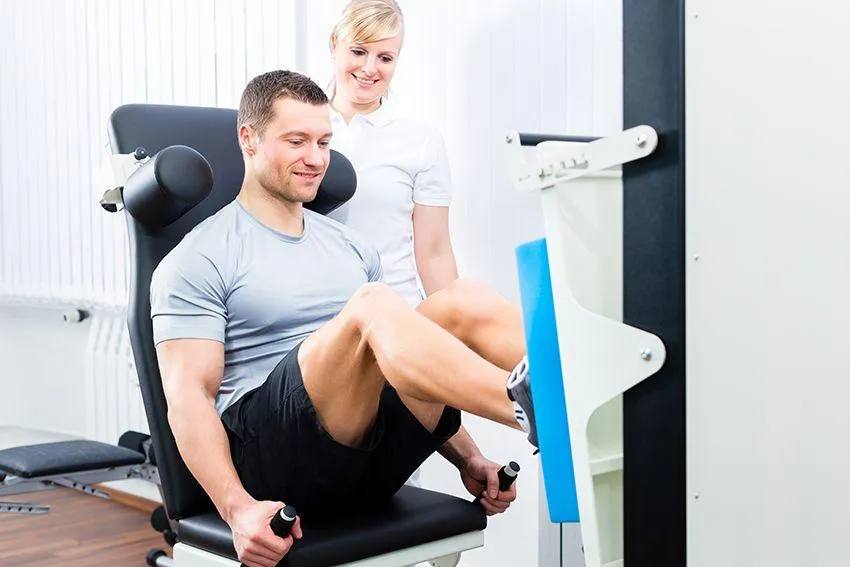
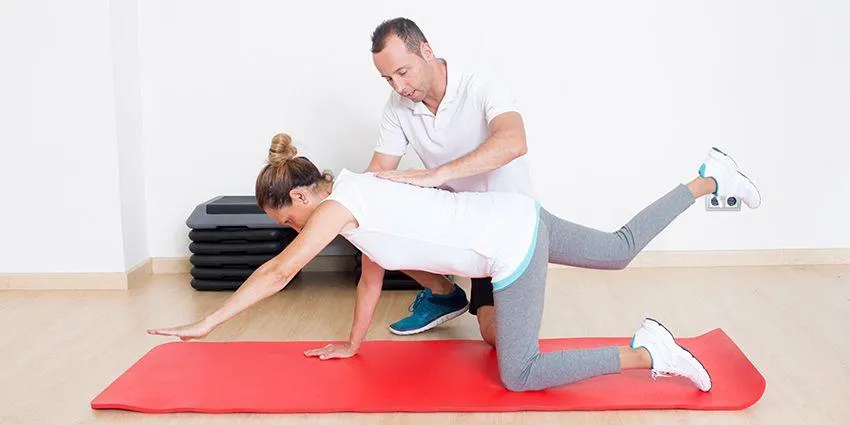
Experience rapid rejuvenation as our specialist team harnesses the power of advanced healing tech to erase pain with ease. We dive deep into your world, assessing every piece of the puzzle—stress at work, life pressures, physical health, nutrition, genes, posture, and even emotional ties—crafting a tailor-made wellness blueprint that's as unique as you are. With our dedicated holistic touch, we don't just treat symptoms; we empower you to embrace a pain-free, harmonious life.
Ask a Question

Fractured Ankle Recovery: How Long Does It Really Take and What to Expect
Fractured Ankle Recovery: How Long Does It Really Take and What to Expect
When you hear the words "fractured ankle," it often conjures images of pain, extended recovery, and uncertainty. Understanding the timeline for fractured ankle recovery and what to expect can ease your anxiety and prepare you for the journey ahead. Whether it’s a minor fracture or something more serious, the path to healing involves more than just rest; it’s a blend of medical guidance, physical therapy, and personal determination. In this article, we’ll explore the various factors influencing recovery time, the stages of healing, and valuable tips to help you regain strength and mobility. By understanding what to anticipate, you can navigate this challenging period with confidence and ultimately get back to the activities you love. So, let’s dive deeper into the realities of fractured ankle recovery and uncover the insights that will guide you toward a successful restoration.
Understanding Ankle Fractures
Fractured ankles are a common injury that can occur to anyone, from athletes to everyday individuals going about their daily activities. The ankle is a complex joint made up of three bones: the tibia, fibula, and talus. When one or more of these bones break, it results in what is medically termed an ankle fracture. This type of injury can range from a simple break that may not require much intervention to complex fractures necessitating surgery and extensive rehabilitation.
Understanding the anatomy of the ankle is crucial to comprehending how fractures occur and why they can be so debilitating. The joint not only supports the weight of the body but also allows for a range of movements, including walking, running, and jumping. When an ankle fracture happens, it disrupts the stability and function of the joint, making it difficult, if not impossible, to bear weight and move normally.
Various factors can lead to an ankle fracture, including falls, car accidents, sports injuries, and even simple missteps. The severity and type of fracture will significantly impact the recovery process and timeline. It's important to get a proper diagnosis, typically through physical examination and imaging tests like X-rays or MRIs, to determine the best course of treatment. Understanding the nature of your injury sets the foundation for effective recovery and helps in setting realistic expectations.
Types of Ankle Fractures and Their Impact on Recovery
Ankle fractures can be classified into several types based on the location and severity of the break. The most common types include lateral malleolus fractures, medial malleolus fractures, bimalleolar fractures, and trimalleolar fractures. Each type has a different impact on the stability of the ankle and the complexity of the recovery process.
Lateral malleolus fractures are the most common type, involving a break in the fibula, the smaller bone of the lower leg. These fractures can sometimes be treated with immobilization in a cast or brace, and recovery might be relatively straightforward. On the other hand, medial malleolus fractures involve the tibia, the larger bone, and may require more intensive treatment due to the crucial role of the tibia in weight-bearing.
Bimalleolar and trimalleolar fractures are more severe as they involve multiple breaks, affecting both the fibula and tibia, and sometimes the talus. These complex fractures often necessitate surgical intervention to realign and stabilize the bones with plates, screws, or rods. Recovery from such fractures is generally more prolonged and involves a comprehensive rehabilitation program to restore full function to the ankle.
The Recovery Timeline: What to Expect
The timeline for recovering from an ankle fracture varies widely depending on the type and severity of the fracture, the treatment method, and the individual's overall health. However, there are general stages that most people can expect to go through during their recovery journey.
In the initial days and weeks following the injury, the primary focus is on reducing pain and swelling. This phase often involves immobilization using a cast, splint, or brace, as well as rest, ice, compression, and elevation (RICE). Pain management is crucial during this period, and your doctor may prescribe medications to help alleviate discomfort.
As the healing progresses, typically after a few weeks, you may transition to a weight-bearing phase. This stage involves gradually putting weight on the injured ankle under the guidance of your healthcare provider. Physical therapy often begins during this time to restore range of motion, strength, and flexibility to the joint. The duration of this phase can vary, but it generally spans several weeks to a few months.
The final phase of recovery focuses on regaining full function and returning to normal activities. This period can take several more months, with ongoing physical therapy and possibly home exercises to ensure the ankle is strong and stable. It's important to follow your healthcare provider's recommendations closely to avoid setbacks and ensure a successful recovery.
Factors Influencing Recovery Time
Several factors can influence the length and success of your recovery from an ankle fracture. One of the most significant factors is the severity of the fracture. Simple fractures might heal relatively quickly, while more complex breaks can take much longer and require more intensive treatment.
Age and overall health also play a crucial role in the healing process. Younger individuals with good overall health typically heal faster than older adults or those with underlying health conditions such as diabetes or osteoporosis. Maintaining a healthy lifestyle, including proper nutrition and avoiding smoking, can positively impact your recovery time.
Compliance with medical advice and adherence to rehabilitation programs are also vital. Following your doctor's instructions, attending all physical therapy sessions, and performing prescribed exercises at home can significantly speed up your recovery. Conversely, neglecting these aspects can lead to prolonged healing times and potential complications.
Pain Management During Recovery
Managing pain is a critical component of recovering from an ankle fracture. Pain can vary widely depending on the severity of the injury and the individual's pain tolerance. Effective pain management strategies can help you stay comfortable and mobile during the healing process.
In the early stages of recovery, your doctor may prescribe pain medications to help manage acute pain. These can include over-the-counter pain relievers like acetaminophen or ibuprofen, as well as stronger prescription medications if necessary. It's important to use these medications as directed and communicate with your healthcare provider about their effectiveness and any side effects.
Non-pharmacological methods can also be highly effective in managing pain. Ice packs can help reduce swelling and numb the area, providing temporary relief. Elevating the injured ankle can also help decrease swelling and discomfort. Additionally, gentle movements and specific stretches recommended by your physical therapist can alleviate stiffness and improve circulation, which can reduce pain.
Rehabilitation Exercises for Ankle Recovery
Physical therapy and rehabilitation exercises are crucial for regaining strength, flexibility, and range of motion in your ankle. A physical therapist will design a personalized program tailored to your specific needs and the type of fracture you have sustained.
Early rehabilitation exercises often focus on gentle movements to restore range of motion. These can include ankle circles, pointing and flexing the toes, and gently moving the foot up and down. As you progress, your therapist will introduce more weight-bearing exercises to strengthen the muscles and ligaments around the ankle.
Advanced exercises may include balance and proprioception activities, such as standing on one leg or using a balance board. These exercises help improve stability and prevent future injuries. It's essential to perform these exercises consistently and follow your therapist's guidance to achieve the best possible outcomes.
The Role of Nutrition in Healing
Proper nutrition plays a vital role in the healing process of a fractured ankle. A well-balanced diet can provide the necessary nutrients to support bone repair, reduce inflammation, and enhance overall recovery.
Calcium and vitamin D are essential for bone health. Calcium helps build and maintain strong bones, while vitamin D aids in calcium absorption. Good sources of calcium include dairy products, leafy green vegetables, and fortified foods. Vitamin D can be obtained through sunlight exposure and foods like fatty fish, egg yolks, and fortified milk.
Protein is another critical nutrient for healing, as it helps repair tissues and build new cells. Including lean meats, fish, beans, nuts, and dairy products in your diet can ensure you get enough protein. Additionally, vitamins C and K, found in fruits and vegetables, are important for collagen formation and bone strength.
When to Seek Medical Attention
While most ankle fractures heal without significant complications, it's essential to know when to seek medical attention. Understanding the signs that indicate a problem can help you address issues promptly and avoid further complications.
If you experience severe pain that does not improve with medication or rest, persistent swelling, or if the skin around the fracture becomes red, warm, or develops an unusual discharge, it's crucial to contact your healthcare provider. These symptoms could indicate an infection or other complications that require immediate attention.
Additionally, if you notice that your ankle is not improving as expected, or if you experience new symptoms such as numbness, tingling, or difficulty moving your toes, it's important to seek medical advice. These signs could point to nerve damage or other issues that need prompt evaluation and treatment.
Tips for a Smooth Recovery Process
Recovering from an ankle fracture can be challenging, but there are several tips you can follow to ensure a smoother and more effective healing process. First and foremost, follow your doctor's instructions carefully and attend all follow-up appointments to monitor your progress.
Staying active within your limitations can also aid in recovery. While it's important to rest and avoid putting too much strain on your ankle, gentle movements and exercises recommended by your physical therapist can help maintain circulation and prevent stiffness. Keeping your other muscles strong and active can also support overall recovery.
Mental health is another critical aspect of the recovery process. Dealing with an injury can be frustrating and emotionally draining. Staying positive, setting realistic goals, and seeking support from friends, family, or a counselor can help you stay motivated and mentally resilient throughout your recovery journey.
Conclusion: Embracing the Healing Journey
Recovering from a fractured ankle is a multifaceted journey that requires patience, dedication, and a proactive approach. Understanding the different types of ankle fractures, the stages of recovery, and the factors that influence healing can help you set realistic expectations and navigate the process more effectively.
Pain management, rehabilitation exercises, proper nutrition, and knowing when to seek medical attention are all critical components of a successful recovery. By following your healthcare provider's guidance and staying committed to your rehabilitation program, you can regain strength and mobility in your ankle.
Embrace the healing journey with confidence and determination. Remember that each step you take brings you closer to resuming your normal activities and enjoying the things you love. With the right mindset and support, you can overcome the challenges of a fractured ankle and emerge stronger on the other side.
No matter whether your condition was caused by a sport, work accident or otherwise,
we welcome the chance to serve you.
Opening Hours



